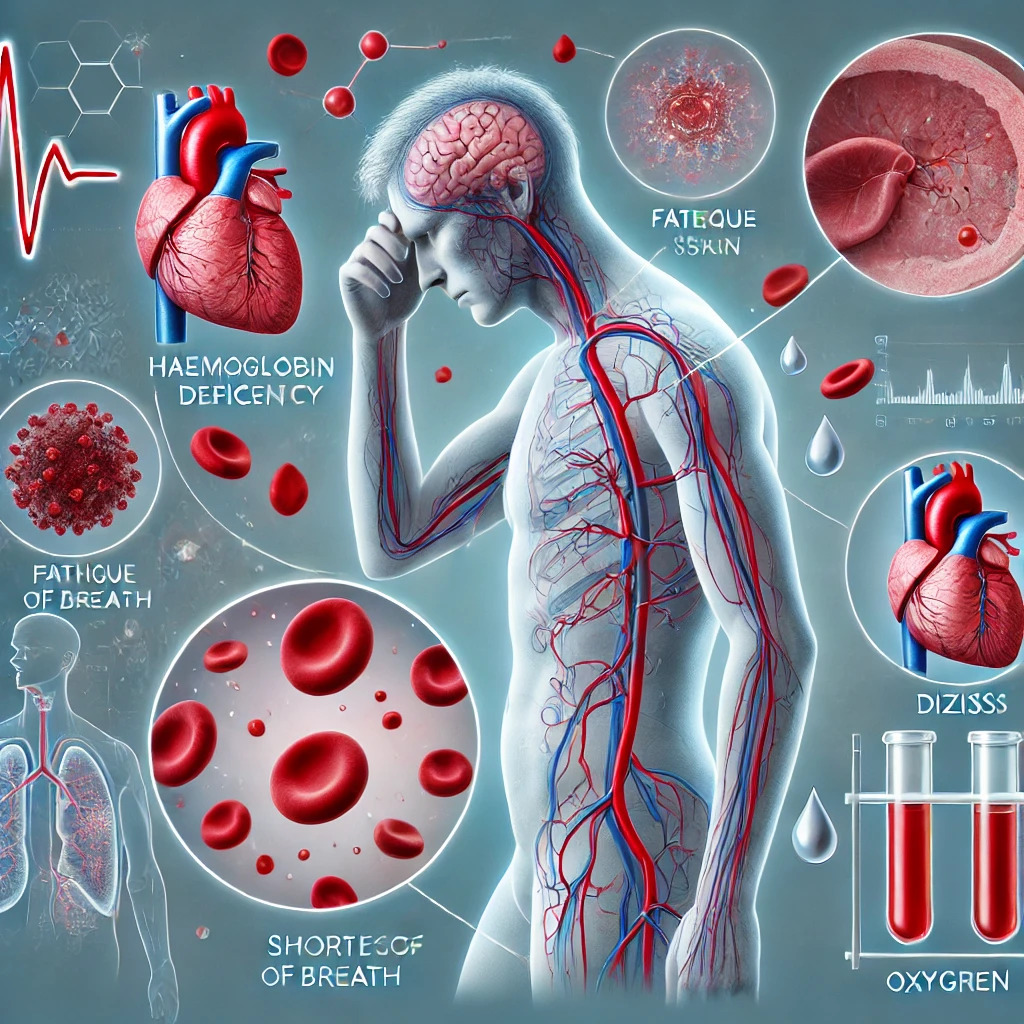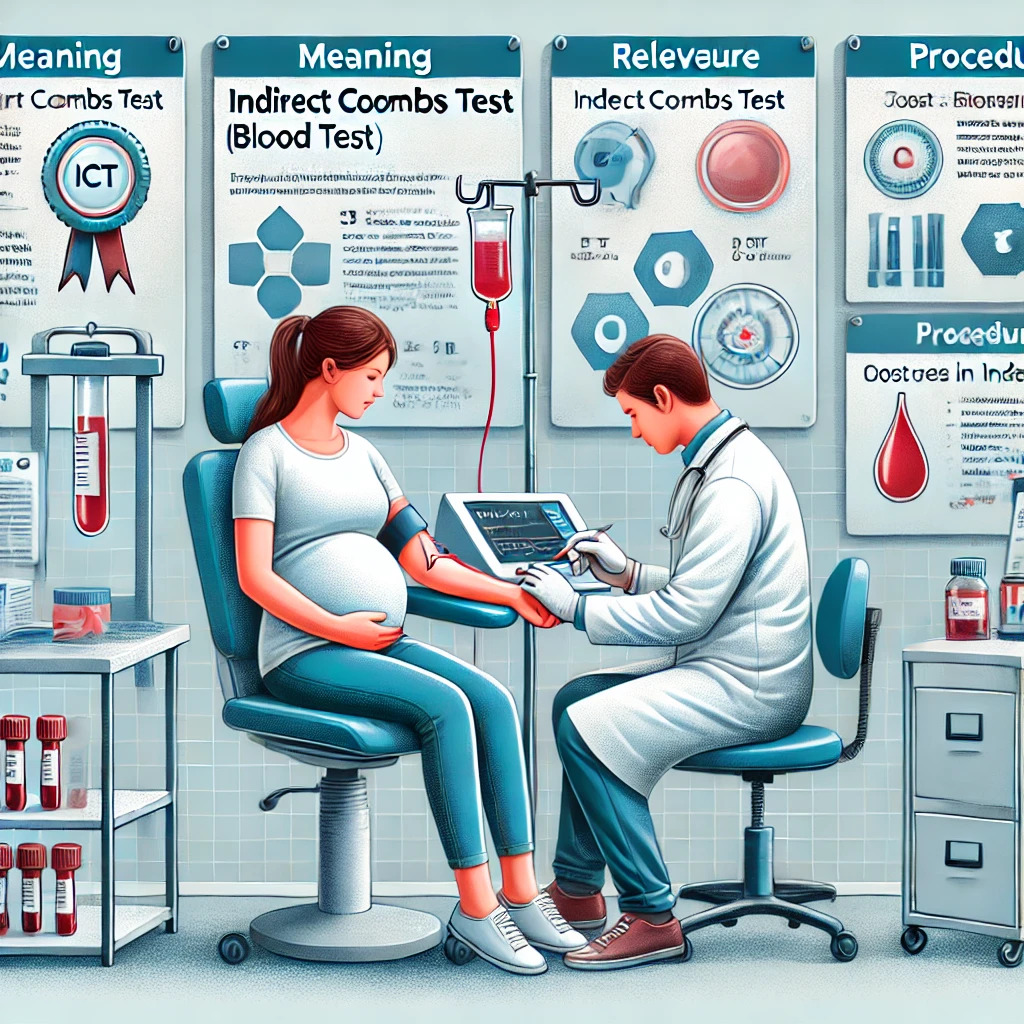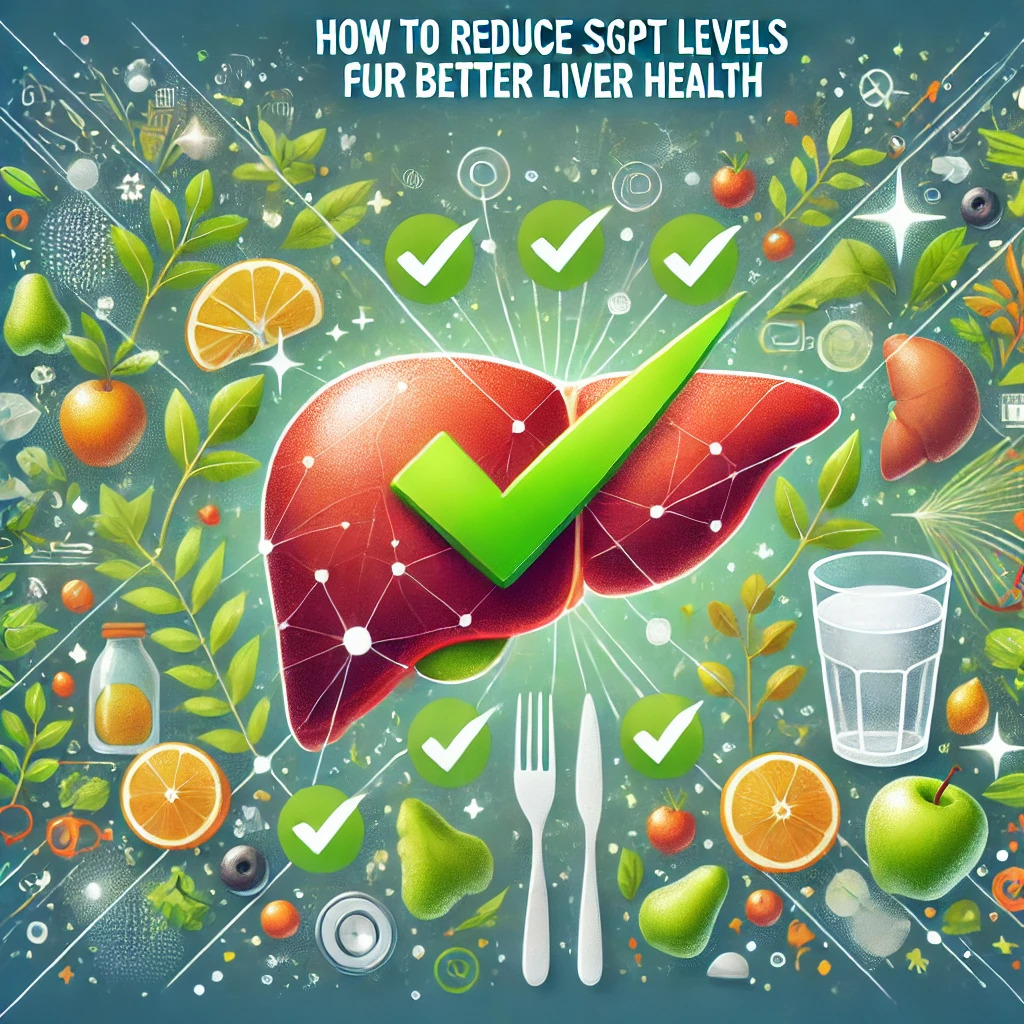Normal Lipid Profile Test Levels & Range on Empty Stomach: Uses, Charges, and Fasting for Lipid Screen Serum Test and Triglycerides
.png)
Understanding the Normal Lipid Profile Test Levels & Range on an Empty Stomach is crucial for assessing your cardiovascular health. This comprehensive guide explores the uses, charges, and significance of fasting before a lipid screen serum test. Additionally, it sheds light on the importance of monitoring triglyceride levels to maintain optimal lipid balance. By delving into these key aspects, you can gain valuable insights into maintaining a healthy lipid profile and promoting overall well-being.
Normal Lipid Profile Levels & Range -
we will explore the normal lipid profile levels, range, and their significance, helping you understand the key markers and their impact on your health.
- Total Cholesterol: Total cholesterol is a measure of the overall cholesterol in your blood. The optimal range for total cholesterol is below 200 mg/dL (milligrams per deciliter) or 5.18 mmol/L (millimoles per liter). Maintaining a healthy total cholesterol level is crucial in reducing the risk of heart disease and maintaining optimal cardiovascular health.
- LDL Cholesterol: LDL cholesterol, often referred to as "bad" cholesterol, can build up in the arteries and contribute to plaque formation, increasing the risk of heart disease. The optimal LDL cholesterol level is below 100 mg/dL or 2.59 mmol/L. Lowering LDL cholesterol through lifestyle modifications and, if necessary, medication can significantly reduce the risk of cardiovascular complications.
- HDL Cholesterol: HDL cholesterol, known as "good" cholesterol, helps remove excess cholesterol from the bloodstream, reducing the risk of heart disease. The desirable level for HDL cholesterol is above 40 mg/dL or 1.04 mmol/L for men and above 50 mg/dL or 1.30 mmol/L for women. Higher levels of HDL cholesterol are associated with better cardiovascular health.
- Triglycerides: Triglycerides are another type of fat found in the blood and are influenced by factors such as diet, physical activity, and genetics. Normal triglyceride levels are below 150 mg/dL or 1.70 mmol/L. Elevated triglyceride levels are associated with an increased risk of cardiovascular disease, diabetes, and metabolic syndrome. Lifestyle changes, such as a healthy diet and regular exercise, can help maintain optimal triglyceride levels.
Understanding the normal lipid profile levels is crucial for assessing your cardiovascular health and reducing the risk of heart disease. By maintaining healthy levels of total cholesterol, LDL cholesterol, HDL cholesterol, and triglycerides, you can promote optimal lipid balance and overall well-being.
Also Check: - Check the lipid profile test prices in Jammu
Lipid Profile Test Empty Stomach & Fasting -
Importance of Lipid Profile Test Empty Stomach:
Fasting before a lipid profile test ensures more accurate measurements of various lipid components in the blood. When you consume food, especially high-fat meals, it temporarily increases the levels of triglycerides in your bloodstream. These elevated triglyceride levels can affect the accuracy of the test, making it difficult to obtain reliable results. By fasting for a specific duration before the test, typically 9-12 hours, the triglyceride levels return to baseline, providing a clearer picture of your lipid profile.
Guidelines for Lipid Profile Test Empty Stomach:
- Overnight Fasting: It is recommended to fast for 9-12 hours before the test. This typically involves refraining from consuming any food or beverages, except for water, overnight.
- Medications: Inform your healthcare provider about any medications you are currently taking, as certain medications can affect lipid levels. Follow their instructions regarding whether to continue or temporarily discontinue any medications before the test.
- Water Intake: It is generally allowed to drink water during the fasting period. Staying hydrated is essential, but avoid consuming other liquids, such as tea, coffee, or juice, as they may interfere with the test results.
- Time of Test: Schedule your lipid profile test early in the morning to facilitate fasting overnight. This allows for convenient completion of the fasting period and minimizes any discomfort associated with prolonged fasting.
Conducting a lipid profile test on an empty stomach is crucial for obtaining accurate and reliable results. Fasting before the test helps normalize triglyceride levels and ensures a clearer assessment of your lipid profile.
Triglycerides in Lipid Profile -
What Are Triglycerides?
Triglycerides in lipid profiles are a type of fat found in the blood. They are derived from dietary fats and are also produced by the liver. Triglycerides serve as a source of energy for the body. When you consume more calories than your body needs, the excess calories are converted into triglycerides and stored in fat cells. Later, when energy is required, triglycerides are released and broken down to provide fuel.
Role of Triglycerides in Lipid Profile:
Elevated levels of triglycerides in the blood are associated with an increased risk of cardiovascular diseases, such as heart disease and stroke. High triglyceride levels can contribute to the development of atherosclerosis, a condition characterized by the buildup of plaque in the arteries. It is important to maintain optimal triglyceride levels to promote heart health and reduce the risk of associated complications.
Normal Triglyceride Levels:
The normal range for triglycerides is generally below 150 mg/dL or 1.70 mmol/L. However, it is important to note that triglyceride levels can vary based on individual factors such as age, sex, underlying medical conditions, and lifestyle choices. Maintaining triglyceride levels within the normal range is crucial for overall health and well-being.
Understanding the role of triglycerides in the lipid profile is key to maintaining optimal cardiovascular health. By adopting a healthy lifestyle, including a balanced diet, regular exercise, weight management, and appropriate management of underlying medical conditions, you can effectively regulate triglyceride levels.
Lipid Screen Serum Test -
What is a Lipid Screen Serum Test?
A lipid screen serum test, also known as a lipid panel or lipid profile test, is a blood test that measures different types of lipids present in the bloodstream. The test typically includes measurements of total cholesterol, LDL cholesterol, HDL cholesterol, and triglycerides. These parameters help evaluate the balance of lipids and provide valuable information about an individual's cardiovascular health.
Lipid Profile Test Uses -
we will explore the important lipid profile test uses and highlight their significance in maintaining optimal health.
- Assessing Cardiovascular Risk: A lipid profile test uses in assessing an individual's risk of developing cardiovascular diseases. By measuring levels of total cholesterol, LDL cholesterol, HDL cholesterol, and triglycerides, healthcare professionals can identify lipid abnormalities and evaluate the overall cardiovascular risk profile. Elevated LDL cholesterol, low HDL cholesterol, and high triglyceride levels are associated with an increased risk of heart disease and stroke.
- Monitoring Lipid Levels: Lipid profile test uses to utilized to monitor and track lipid levels over time. Regular testing allows healthcare professionals to assess the effectiveness of interventions, such as lifestyle modifications or medication, in managing lipid levels. Monitoring lipid levels is important in preventing or managing cardiovascular diseases and making necessary adjustments to treatment plans.
- Guiding Treatment Decisions: A lipid profile test uses to provide critical information that helps guide treatment decisions. Based on the results, healthcare professionals can recommend lifestyle modifications, such as adopting a heart-healthy diet, increasing physical activity, and quitting smoking. In cases where lifestyle changes alone are insufficient, medication may be prescribed to manage lipid levels effectively and reduce cardiovascular risk.
- Evaluating the Effectiveness of Medications: For individuals already on lipid-lowering medications, lipid profile tests are used to assess the effectiveness of the prescribed treatment. These tests help determine whether the medication is adequately controlling lipid levels and whether any adjustments are necessary to optimize treatment outcomes.
- Early Detection of Lipid Abnormalities: A lipid profile test uses to enable early detection of lipid abnormalities, allowing for timely intervention and prevention of cardiovascular diseases. Identifying high LDL cholesterol, low HDL cholesterol, or elevated triglycerides early on provides an opportunity for proactive management, potentially preventing the progression of heart disease.
Lipid Profile Test Charges -
In general, lipid profile test charges typically cover the laboratory analysis of blood samples for measuring total cholesterol, LDL cholesterol, HDL cholesterol, and triglycerides. It is advisable to consult with your healthcare provider or insurance provider to get a clear understanding of the specific charges and coverage for a lipid profile test. By being aware of the charges involved, you can plan and budget accordingly while prioritizing your cardiovascular health.





